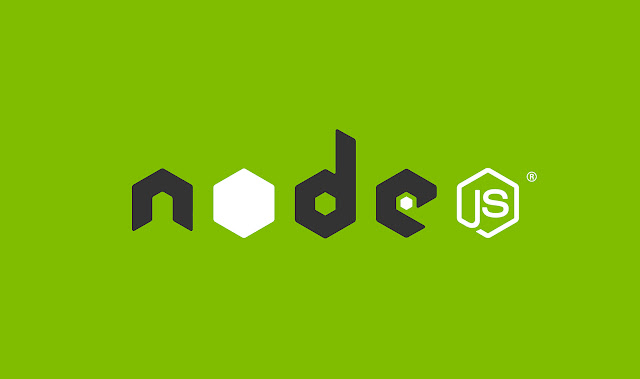Node.js is a popular runtime environment that allows developers to execute JavaScript code on the server side. It is built on Chrome's V8 JavaScript engine and is known for its efficiency and scalability, making it ideal for building web servers, APIs, and real-time applications. One of the key concepts that make Node.js so powerful is its event-driven architecture, centered around the event loop.
How Node.js Works
At its core, Node.js operates on a non-blocking, event-driven architecture. This means that Node.js does not wait for operations to complete before moving on to the next one. Instead, it can handle multiple operations concurrently, making it highly efficient for I/O-bound tasks.
Here’s a simplified breakdown of how Node.js works:
1. Single-Threaded Event Loop: Unlike traditional multi-threaded web servers, Node.js uses a single-threaded event loop to handle all incoming requests. This single thread is responsible for managing all asynchronous operations, such as I/O tasks, network requests, and file system operations.
2. Non-Blocking I/O: Node.js uses non-blocking I/O operations, meaning that it doesn't wait for an I/O operation to complete before moving on to the next task. This allows Node.js to handle thousands of concurrent connections with minimal overhead.
3. Asynchronous Callbacks: When an I/O operation is initiated, Node.js attaches a callback function to it. Once the operation is complete, the callback function is pushed onto the event queue to be executed by the event loop.
4. Modules: Node.js provides a rich set of built-in modules and allows developers to install additional modules via npm (Node Package Manager). These modules encapsulate various functionalities, making it easy to build complex applications with minimal effort.
What is the Event Loop?
The event loop is the heart of Node.js's asynchronous nature. It continuously checks the event queue for pending tasks and executes them sequentially. Here’s a more detailed look at how the event loop works:
1. Initialization: When a Node.js application starts, it initializes the event loop and begins executing the code. This may include setting up I/O operations, timers, and network requests.
2. Event Queue: Asynchronous operations, such as file reads, network requests, or timers, are pushed onto the event queue once they are initiated. These tasks remain in the queue until their associated operations are complete.
3. Poll Phase: The event loop continuously polls the event queue for completed operations. If any operations are complete, their callbacks are dequeued and executed. The event loop then moves to the next phase.
4. Timer Phase: This phase checks for any timers that have reached their scheduled time and execute their callbacks.
5. I/O Callbacks Phase: This phase handles the execution of callbacks for completed I/O operations.
6. Idle and Prepare Phases: These are internal phases used by Node.js for housekeeping and preparing for the next cycle of the event loop.
7. Check Phase: This phase allows for the execution of callbacks scheduled by `setImmediate()`.
8. Close Callbacks Phase: This phase handles the execution of close callbacks, such as those used for cleaning up resources.
The event loop continues cycling through these phases, handling asynchronous operations and their callbacks, until there are no more tasks left to process.
Conclusion
Node.js's event-driven, non-blocking architecture, powered by the event loop, makes it a highly efficient and scalable platform for building web servers and real-time applications. By understanding how Node.js works and the role of the event loop, developers can leverage its full potential to create high-performance applications that can handle numerous concurrent connections with ease.









0 Comments